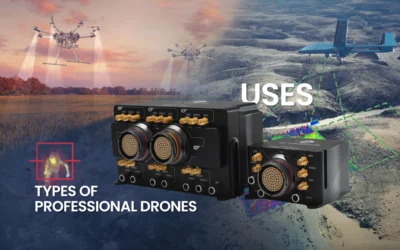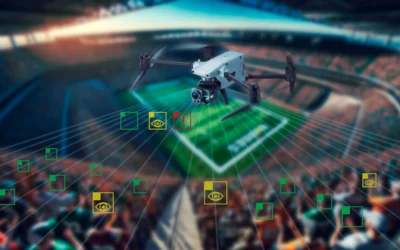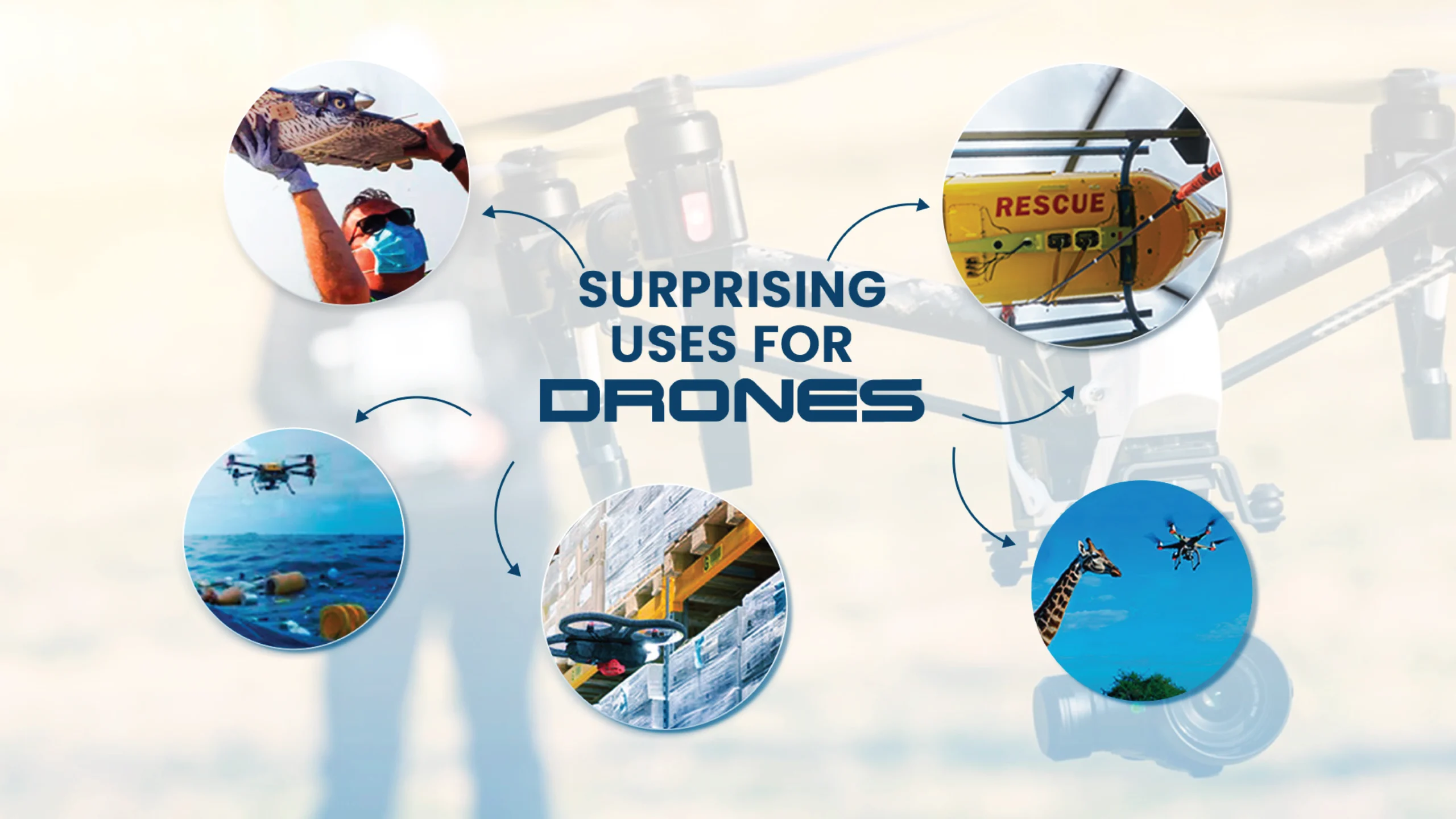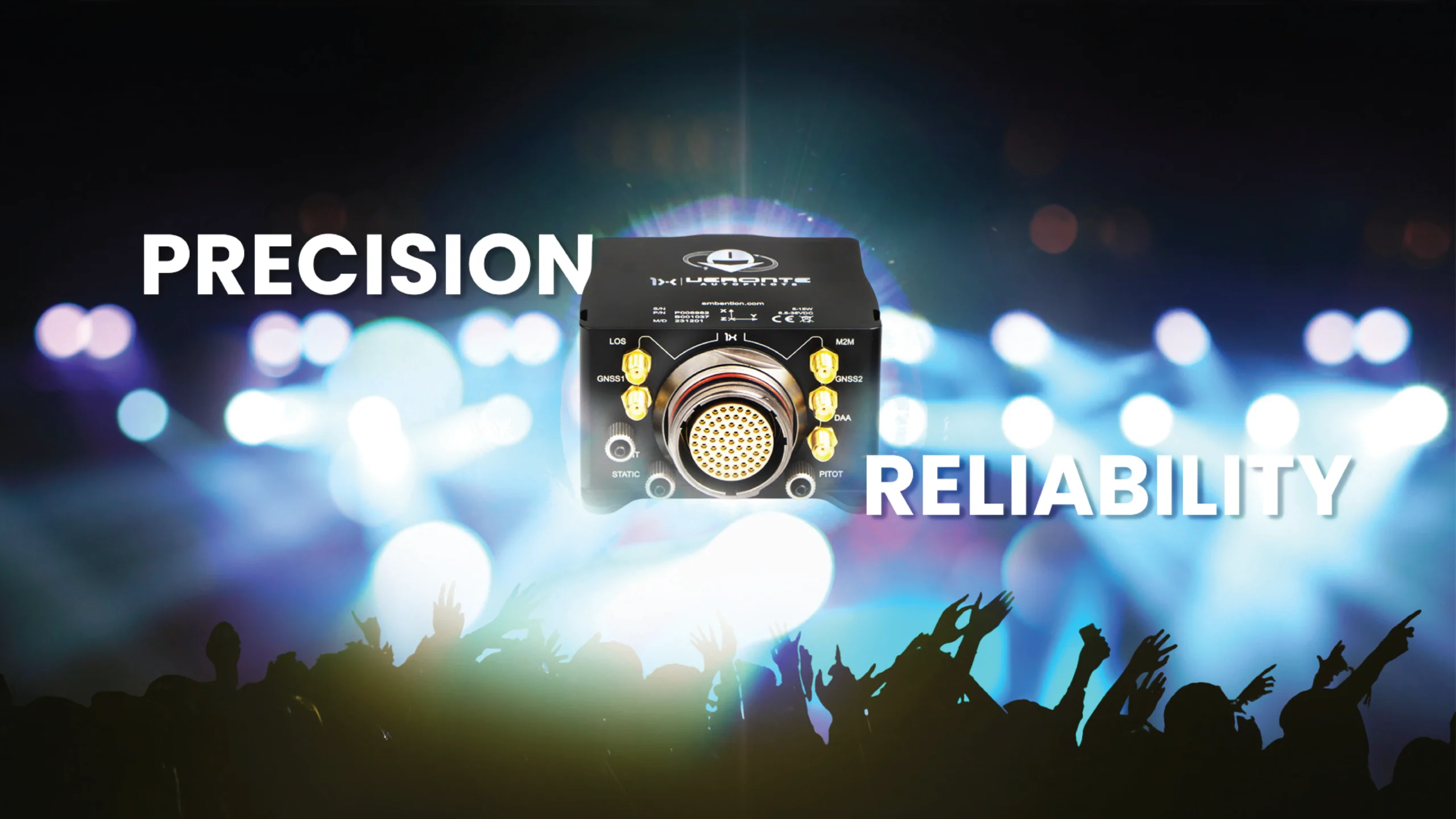Helicopters represent significant control challenges due to their inherently unstable nature, making fully manual control by a pilot difficult or nearly impossible. To address this, systems like Veronte Autopilot provide either assistance to the pilot or fully automated control. Despite the variety of helicopter configurations – ranging from traditional helicopters and gyrocopters to tandem, coaxial, and tiltrotor design – the core control techniques remain largely consistent. These controls include collective pitch, throttle, anti-torque, and cyclic pitch.
Helicopter Control Channels
The collective pitch control adjusts the pitch angle of all the main rotor blades equally, increasing lift and drag while reducing rotor and engine RPM. To maintain constant rotor RPM, the collective pitch control is linked to the throttle, automatically increasing power when the pitch is raised and decreasing it when the pitch is lowered. Throttle control, through the governor, automatically ensures stable rotor RPM under normal operating conditions, essential for optimal performance. One of the features that Veronte Autopilot offers is to perform the governor’s role, making it a key tool for maintaining flight stability and performance.
Anti-torque control is critical for countering the torque produced by the main rotor, which would otherwise cause the helicopter to yaw. This is managed by adjusting the pitch of the tail rotor blades. Since torque varies with flight conditions, autopilot systems adjust it to prevent unwanted yaw.
Cyclic pitch control governs the direction of flight by tilting the rotor disc in the desired direction. The term “cyclic” refers to how the pitch of each rotor blade changes sequentially, enabling the aircraft to move in a specific direction.
Autonomous Helicopter Control
Vibrations present another challenge in helicopter control automation, originating from the rotor system, tail rotor, engine, and transmission, which introduce noise in sensors like the IMU (Inertial Measurement Unit). Through the use of filters and damping systems noise can be reduced, in particular through low-pass filters for high-frequency vibrations and notch filters, that remove the noise coming from one specific bandwidth, as the low-frequency ones generated by the main rotor. These filters are currently integrated into Veronte Autopilot, enhancing its ability to estimate the platform’s attitude and improve overall performance.
At Embention, we have extensive experience with all the aforementioned types of helicopters, across all sizes, whether manned or unmanned. Our engineers allow us to handle the unique challenges each configuration presents, ensuring safe and efficient operations. Therefore Veronte Autopilot, thanks also to its advanced programming tools, can be applied across various helicopter designs with specific control logic tailored to the platform and client requirements.















